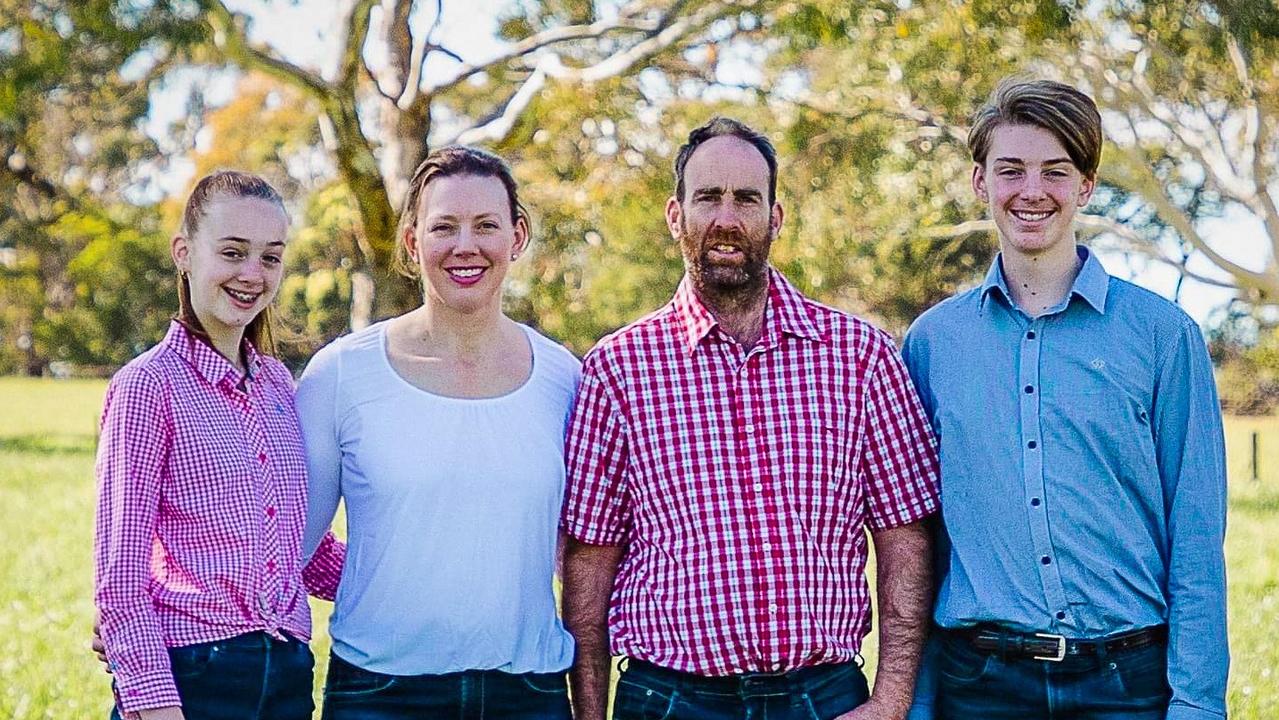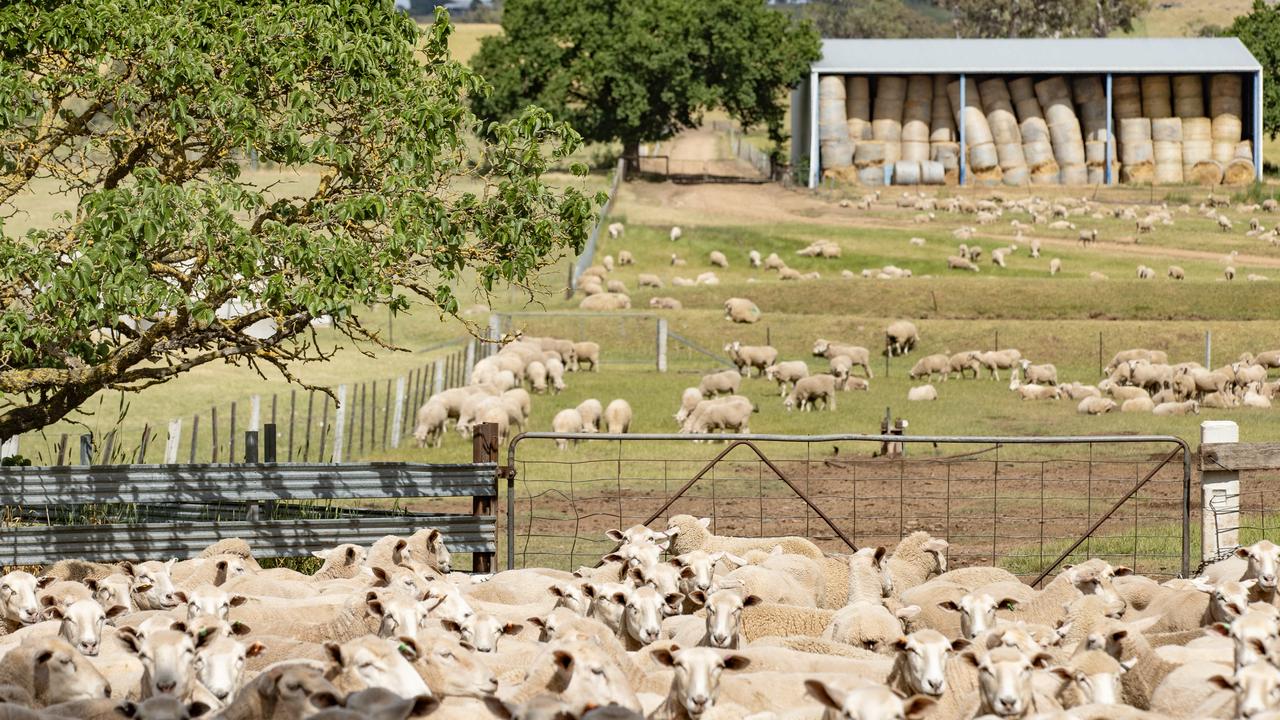New study find the majority of Australian sheep flocks have a fertility problem
The average sheep pregnancy scanning rate is much lower than anticipated, a study with “surprising” results has found.
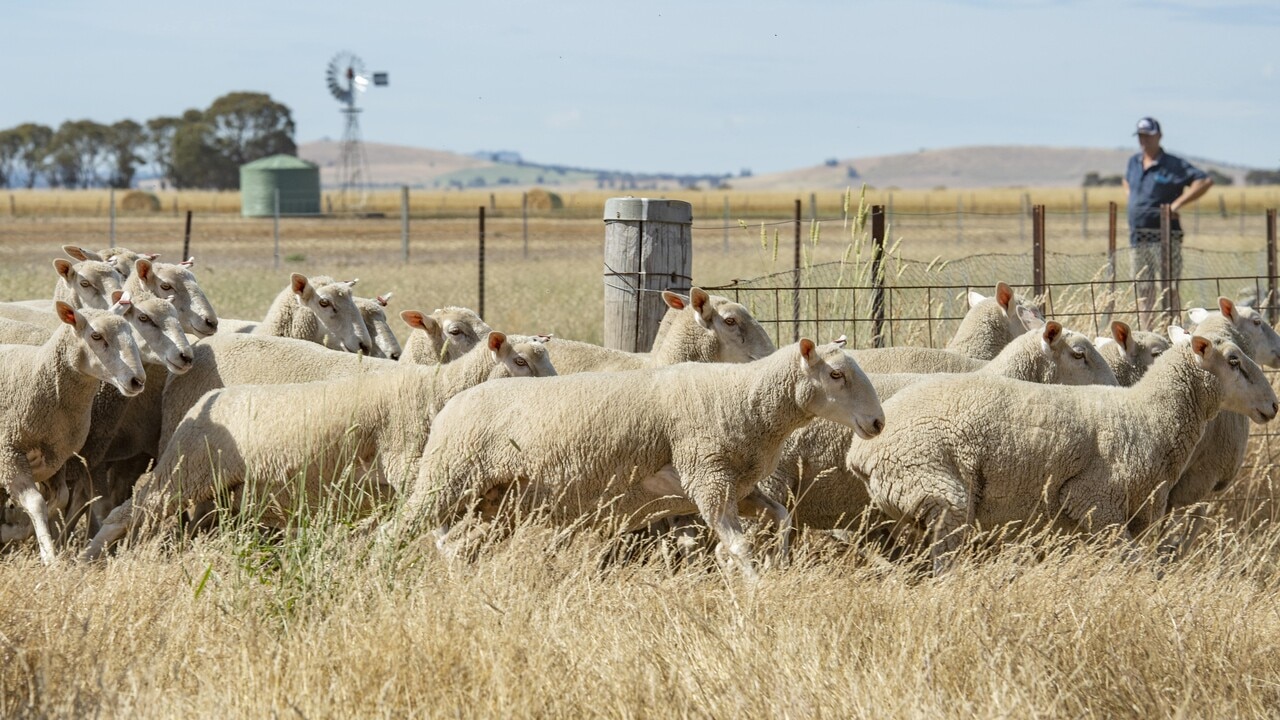
The Australian sheep flock has a relatively low average pregnancy scanning rate of 76 per cent, a new study has found.
It falls well below the benchmark baseline pregnancy rate of about 90 per cent used in industry strategic plans from Meat and Livestock Australia and Australian Wool Innovation.
Researchers from the NSW Department of Primary Industries and Regional Development and The University of Sydney analysed pregnancy scan records from more than seven million ewes between 2006 and 2019.
It used data from all states and territories, with a wide cross-section of geographic areas and production systems.
The study found an average pregnancy rate of 76 per cent for mobs scanned in lamb and around 84 per cent for mobs scanned for twins.
Lead researcher and NSW DPIRD livestock systems senior research scientist Gordon Refshauge from Cowra, NSW, said he was “surprised” at the results.
“The number departed a great deal from what we expected to see. If you asked me or any consultant where the pregnancy rate was sitting, we’d say in the high 80s or 90 per cent, which is what is used in the industry benchmark,” Dr Refshauge said.
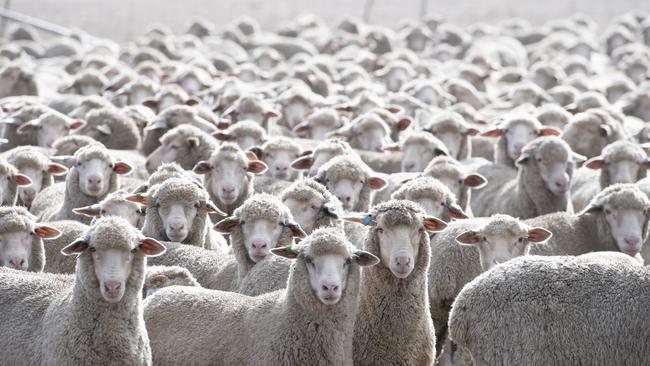
Dr Refshauge said originally he was looking at the seasonal or climate effects of sheep pregnancy and fertility, but when he received the first lot of real world data from pregnancy scanning results, he realised what the “real story” was.
He said the research highlights several key factors affecting reproductive outcomes, including age, breed, season, and production zone but none of these alone explained the low fertility outcomes.
“It is most likely that ewe and ram nutrition before mating is inadequate in most but not all mobs,” Dr Refshauge said.
“The pregnancy rates aren’t a reflection that the sheep businesses aren’t profitable, but they aren’t as efficient and they could be more profitable.”
Sheep producer and classer Tom Silcock from Telangatuk East said what was incredibly revealing was the diversity within the industry.
“I’m surprised at the percentage (in the study) but I do see examples of it, I am just surprised at the dominance,” Mr Silcock said.
“The knowledge is there around nutrition and fertility, but it just needs to be implemented. “Those in western Victoria were really put to the test this year, a lot have done the Lifetime Ewe Management course but they were caught out and haven’t done well implementing the learnings,” he said.
“We have to give animals the right nutrition so they can reach their genetic potential.”
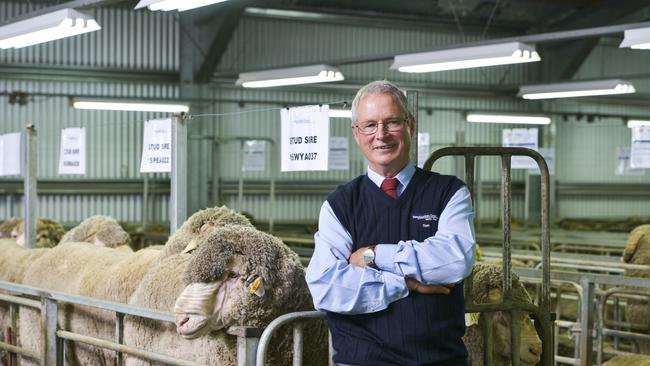
Elise Kealy of Curlew Merinos at Charam and Horsham Best Wool/Best Lamb co-ordinator said fertility rates as an average for their area haven’t changed in a long time.
“The Lifetime Ewe Management course addresses a lot of the nutrition aspects on fertility, but I’d also encourage producers to look at the breeding values of ewe rearing ability and weaning rate,” Ms Kealy said.
“A lot of producers select for high fleece weights each year, which is antagonistic to fertility. If you aren’t actively using the weaning rate ASBV, it would follow that it is very hard to make gains in fertility,” she said.
In what has been a dry season in their area, Ms Kealy said the same principles around nutrition applied, it just costs a lot more in a dry period to feed sheep.




